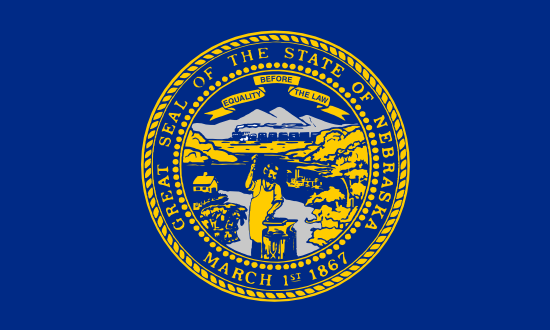
Omaha
- County:
- Douglas County
- County Seat:
- Yes
- Area (mi²):
- 142.98
- State:
- Nebraska
Omaha is a city located in Douglas County, Nebraska. Omaha has a 2025 population of 489,265 . It is also the county seat of Douglas County . Omaha is currently growing at a rate of 0.51% annually but its population has decreased by -0.71% since the most recent census, which recorded a population of 492,783 in 2020.
The median household income in Omaha is $72,708 with a poverty rate of 12.75%. The median age in Omaha is 35.3 years: 34.5 years for males, and 36.1 years for females. For every 100 females there are 98.7 males.